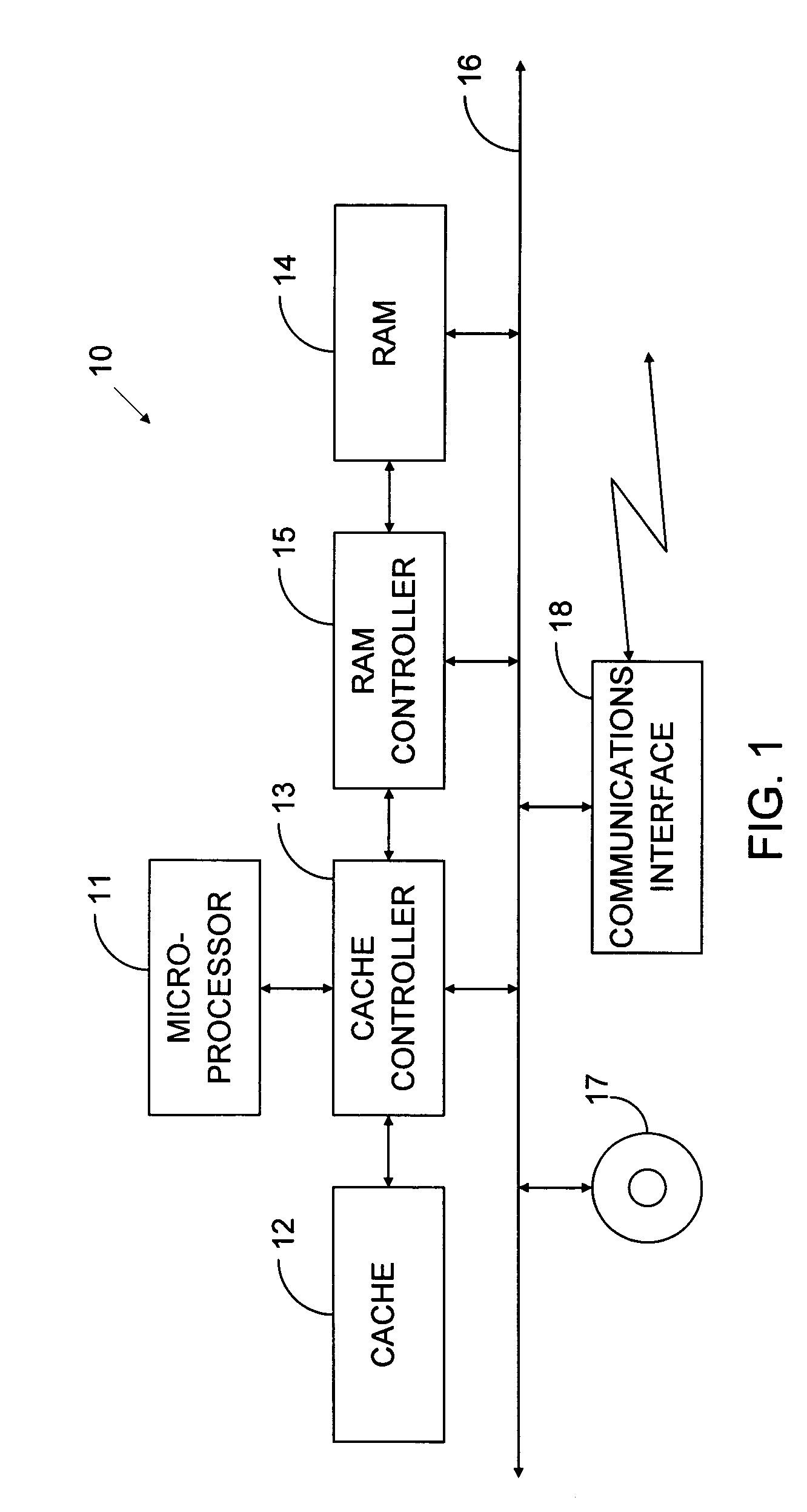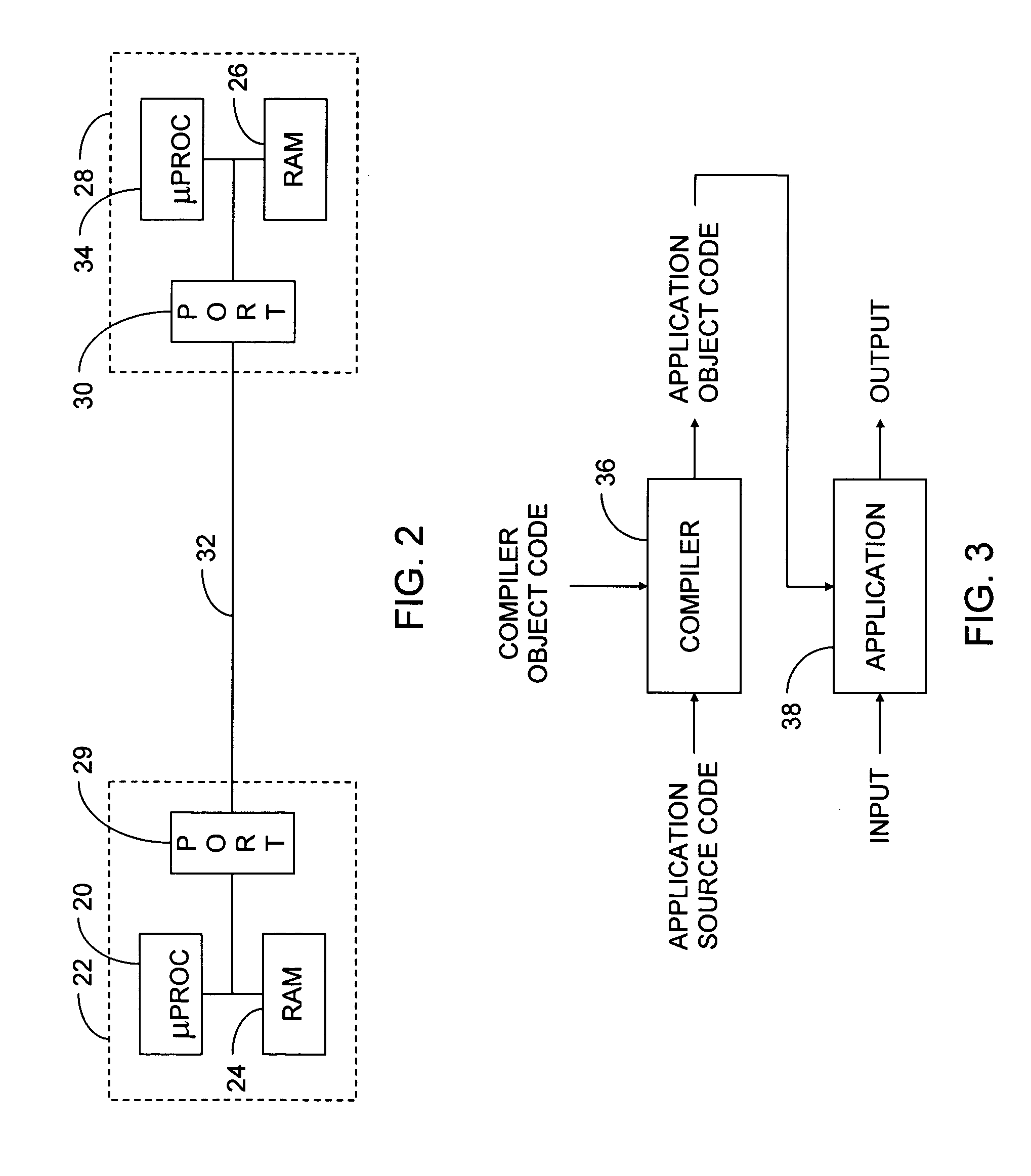Collection-set selection using a small priority queue
a priority queue and collection-set technology, applied in the field of computer program compiling, can solve the problems of application inadvertent manipulation of the same memory in multiple inconsistent ways, the memory requirements of the system will grow over time to exceed the system's available memory, and the difficulty in restricting the storage requirements to the available memory space, etc., to achieve the effect of enhancing efficiency
- Summary
- Abstract
- Description
- Claims
- Application Information
AI Technical Summary
Benefits of technology
Problems solved by technology
Method used
Image
Examples
Embodiment Construction
[0047]The mutator with which the illustrated embodiment is employed is preempted from time to time for collection intervals during which, as will be explained below, the collector collects the heap incrementally. For at least some of the collection increments, the collector chooses the portion of the heap to be collected by selecting one or more heap regions from among a plurality of heap regions into which it treats some or all of the heap as divided. In at least some cases, it bases the selection of that “collection set” of heap regions on, among other things, the results of a “marking” operation that the collector has completed at some time in the past.
[0048]Basically, the marking operation identifies, or marks, the objects that were reachable when the marking operation started, and objects that were in existence at that time but have not been marked by the time the marking operation has been completed can be recognized as garbage. Everything else being equal, a heap region thus ...
PUM
 Login to View More
Login to View More Abstract
Description
Claims
Application Information
 Login to View More
Login to View More - R&D
- Intellectual Property
- Life Sciences
- Materials
- Tech Scout
- Unparalleled Data Quality
- Higher Quality Content
- 60% Fewer Hallucinations
Browse by: Latest US Patents, China's latest patents, Technical Efficacy Thesaurus, Application Domain, Technology Topic, Popular Technical Reports.
© 2025 PatSnap. All rights reserved.Legal|Privacy policy|Modern Slavery Act Transparency Statement|Sitemap|About US| Contact US: help@patsnap.com



